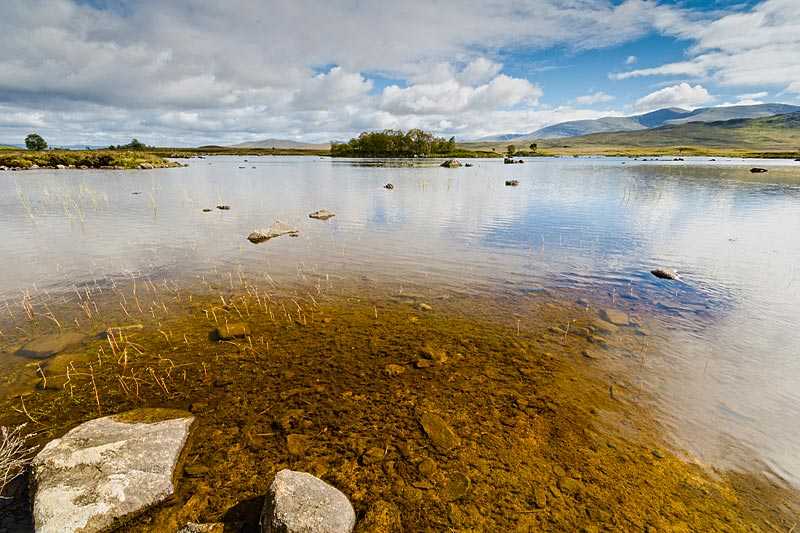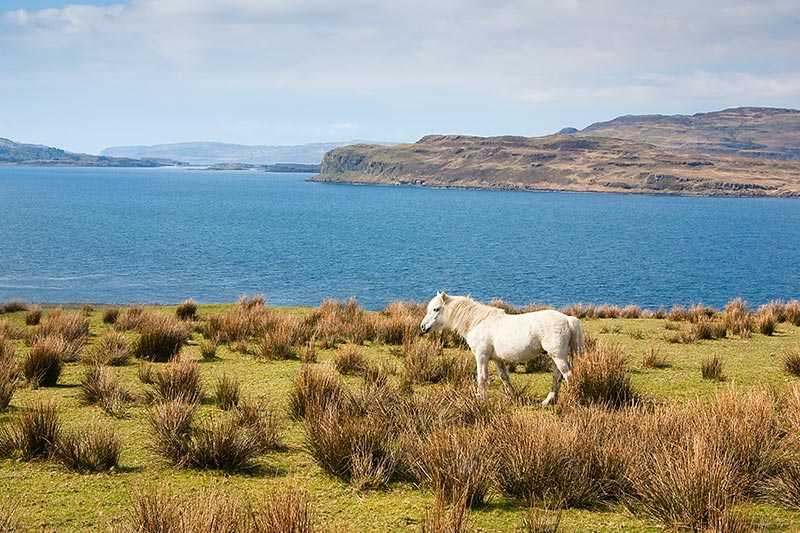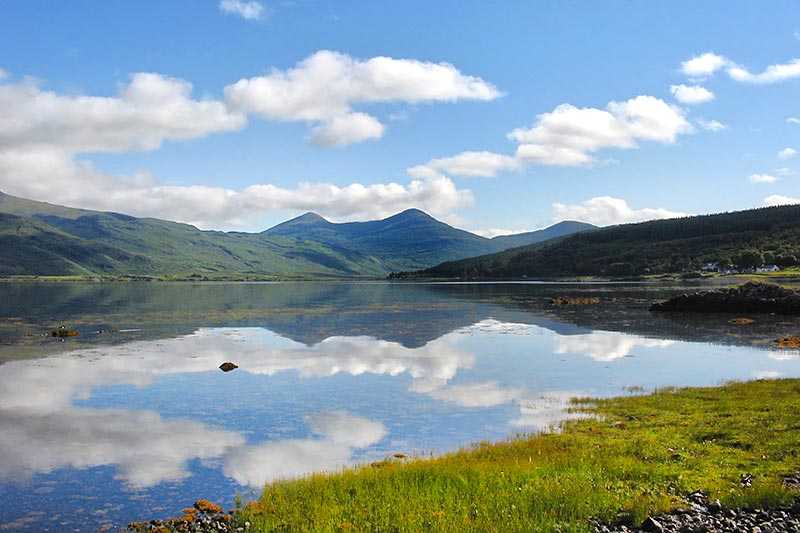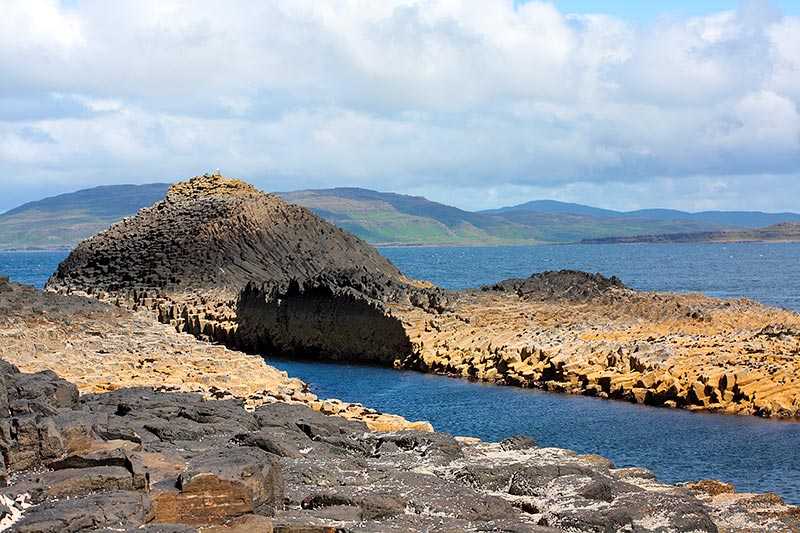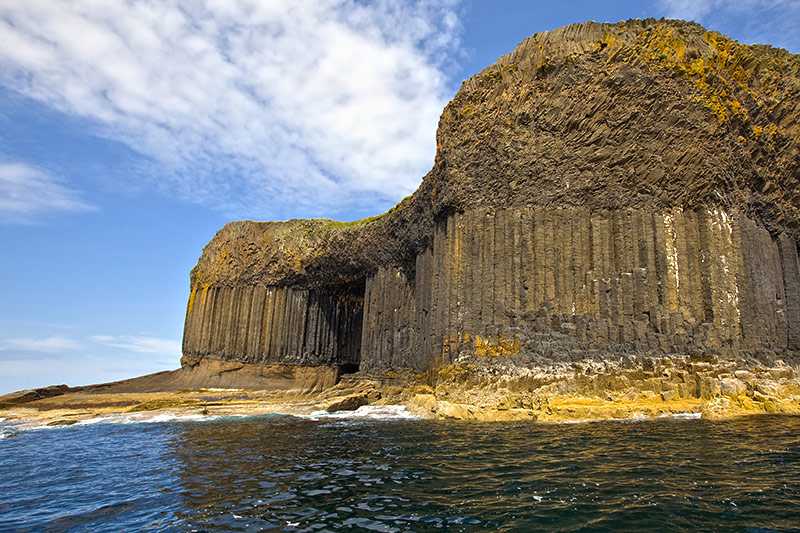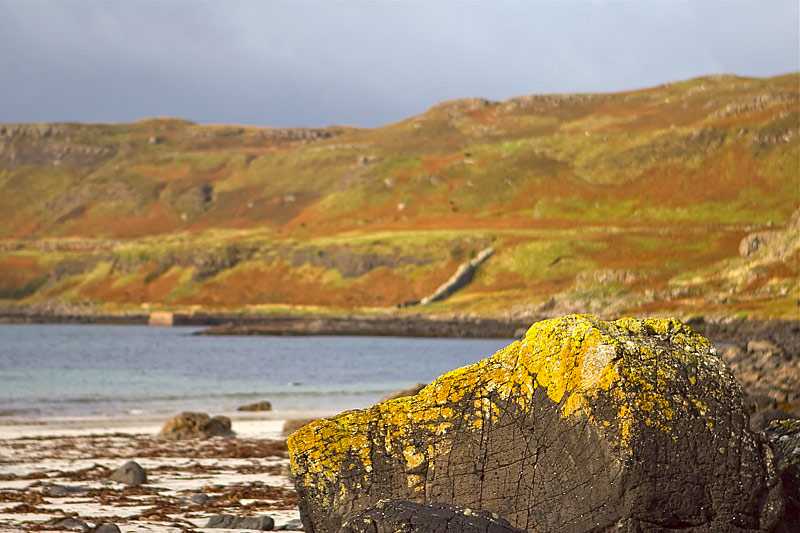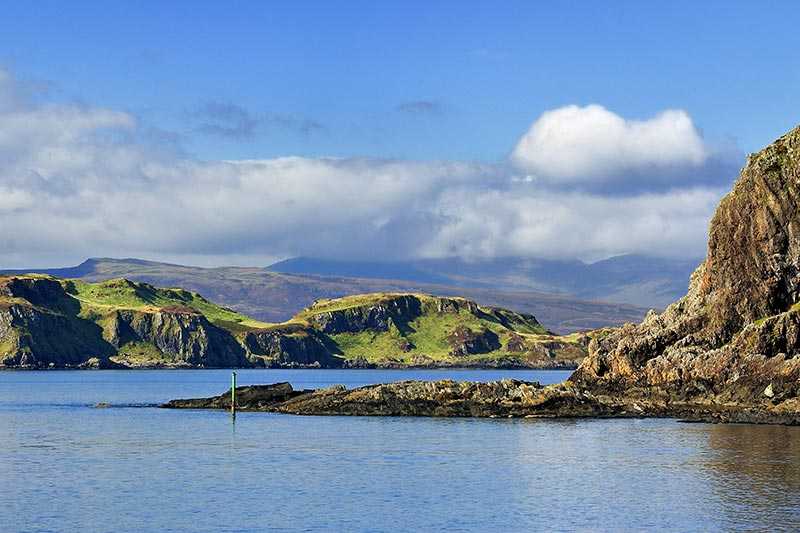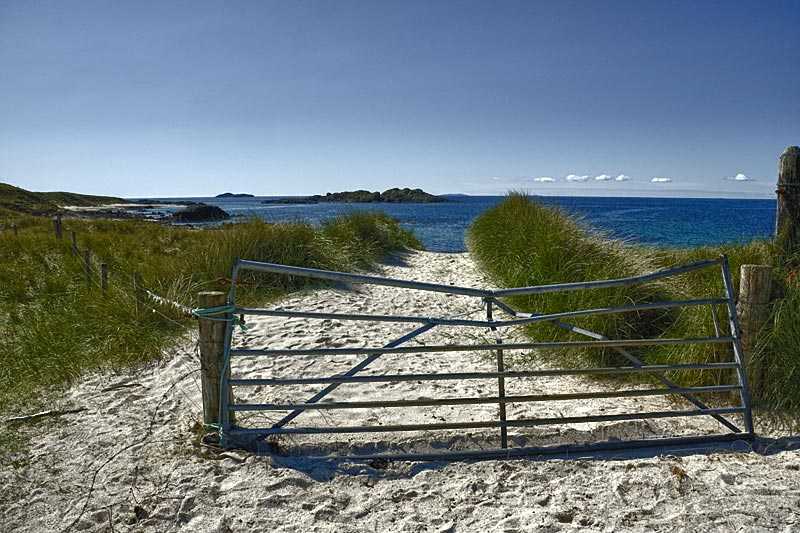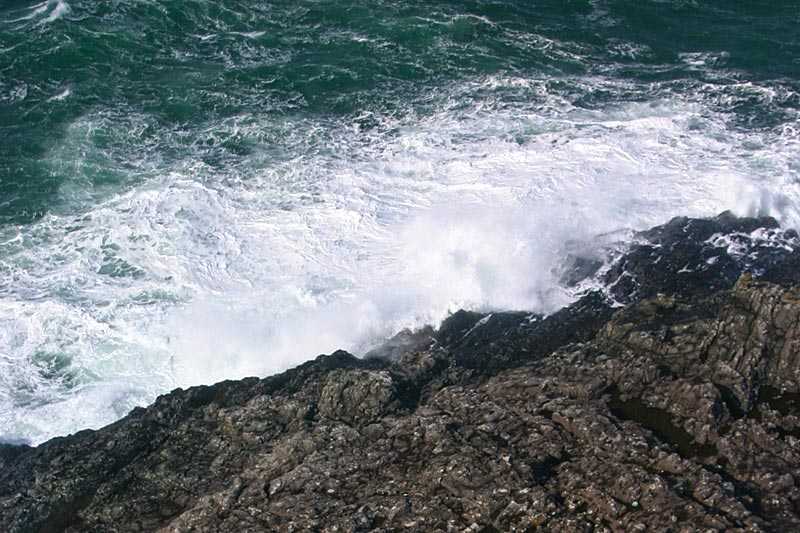Isle of Mull
About Isle of Mull
The Isle of Mull is the second largest island of the Inner Hebrides and the fourth largest island surrounding Great Britain. It has a coastline of 480 km (~300 mi) a...
About Isle of Mull
The Isle of Mull is the second largest island of the Inner Hebrides and the fourth largest island surrounding Great Britain. It has a coastline of 480 km (~300 mi) and lies off the west coast of Scotland. The island has a mountainous core and its highest peak is Ben More, which reaches 966 m (3,169 ft). It’s believed that the island has been inhabited since at l...
Things to do near Isle of Mull
Attractions near Isle of Mull
Activities
About Isle of Mull
About Isle of Mull
The Isle of Mull is the second largest island of the Inner Hebrides and the fourth largest island surrounding Great Britain. It has a coastline of 480 km (~300 mi) and lies off the west coast of Scotland. The island has a mountainous core and its highest peak is Ben More, which reaches 966 m (3,169 ft). It’s believed that the island has been inhabited since at least 6000 BC, and evidence of Bronze Age inhabitants in the form of stone circles, cairns and standing stones exists today, some of the many features of the island that attract tourists in large numbers each summer.
Attractions
Popular attractions include Duart Castle, a castle dating back to the 13th century which was the seat of Clam MacLean, and Moy Castle a badly damaged castle near Lochbuie built in the 15th century by Hector Reaganach MacLean, brother of Lachlan Lubanach Maclean of Duart. Both are open to the public in the summer months.
Tobermory is the site of Mull’s only distillery, manufacturing a single malt Scotch whisky of the same name.
Tourism
In 1773, Samuel Johnson and James Boswell recorded their visit to Mull as part of their famous ‘Tour of the Western Islands’.
Tobermory was founded by the British Fisheries Society in 1788 as a planned settlement to support the fishing industry and today is the only town or burgh on the island and also the capital of the island. There is still a small fishing industry, but the focus of the island’s economy is now tourism, boosted by the BBC children’s series Balamory which features the town and has introduced a new range of activities around the island.
Wildlife
The island has also capitalised in the growth in ecotourism. With a thriving wildlife population, including over 250 species of birds, Mull is a magnet for bird watchers: here they can see several species harder to find anywhere else in the UK such as golden eagles, the short eared owl and even a population of White-tailed eagles. Regular boat tours provide a near guaranteed opportunity to see porpoises, dolphins, basking sharks and Minke whales, and from the land, families of otters that hunt during the day.
